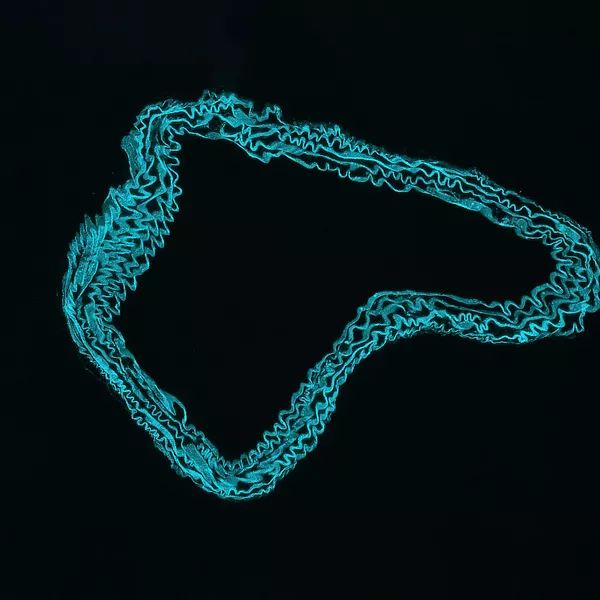We have made a groundbreaking discovery that could reverse the need for limb amputation in people living with diabetes and cardiovascular disease. With your support, we can take this research to the next phase.
Dr Kavurma and her Vascular Complications research team have discovered that a molecule called TRAIL (Tumor Necrosis Factor-Related Apoptosis-Inducing Ligand), which occurs naturally in the body, is suppressed in people with diabetes and cardiovascular disease. Importantly, increased levels of TRAIL can stimulate the growth of new blood vessels and dramatically improve blood flow to the limbs.
In cutting-edge research, we are working to identify a drug that improves TRAIL levels in people with PAD, so that new blood vessels can grow – meaning we could bypass the narrowed arteries and restore blood flow to the limbs.
This would help protect people with PAD from developing gangrene and needing amputation.




